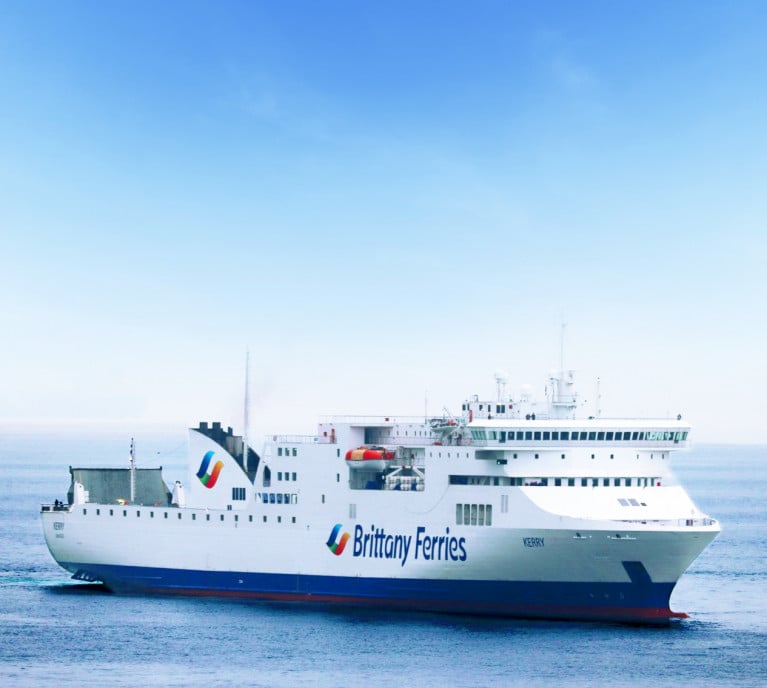Displaying items by tag: Irish port change
Operator Brittany Ferries Maintains Commitment to Ireland-Spain Route But Relocates Port to Rosslare
In an announcement Brittany Ferries is to move its Ireland/Spain sailings from Cork to Rosslare Europort, with the first sailing due to take place on 28 February. The new Spanish arrival port from Rosslare will be Bilbao as Afloat also reported yesterday.
The French ferry company nevertheless emphasised its continuing commitment to its popular Cork-Roscoff route which celebrated its fortieth anniversary in 2018. Each year the Cork-Roscoff route carries nearly 100,000 holidaymakers between Ireland and France.
“This was not a decision we took lightly and follows extensive consultation with our freight customers who sought better road connections and reduced driving distances,” said Christophe Mathieu Brittany Ferries CEO. “We opened the route in 2018 with a two-year trial window. While passenger numbers have been encouraging, the reality is that freight numbers, which are key to route viability, were not sufficiently robust. However I want to make it clear that we remain committed to Cork, with our flagship Pont-Aven cruise-ferry service to Roscoff. We’re also committed to an Ireland-Spain route, now via Rosslare, and we’ll look after existing passengers whose future travel will be affected by this change.”
All customers already booked on affected sailings from the Port of Cork (see: response) will be given the option to transfer their booking to sailing between Rosslare and Bilbao/Roscoff. An allowance will be given to cover additional transfers. Alternatively, a full refund will be provided to those who choose to cancel.
The Cork-Santander route which was launched in 2018 was primarily aimed at the freight market into Europe although it also carried holidaymakers, with an ‘économie’ no-frills onboard experience. The new route out of Rosslare will again concentrate on freight with an option for holidaymakers.
Glenn Carr, General Manager, Rosslare Europort said: “We are delighted to welcome Brittany Ferries to Rosslare Europort. This new Rosslare to Bilbao service will be attractive for trade and tourism alike. We very much welcome that this service is being launched because of demand from freight customers, due to Rosslare’s strategic position and access to key markets. Brittany Ferries will also benefit from our €25 million investment in port facilities, infrastructure and technology, as part of the Port’s strategic plan. We look forward to working closely with Brittany Ferries to ensuring the success of their new service.”
Why Rosslare - Bilbao?
- Rosslare-Bilbao replaces Cork-Santander as key freight route to Europe
- The change is in response to demand from Irish and continental hauliers
- Company confirms ongoing commitment to Cork-Roscoff, which will continue to be primary tourism route
- New Rosslare services will include an Ireland-France rotation to Roscoff
- Rosslare sailings to commence 28 February 2020
The consensus among hauliers is that Rosslare, with its proximity to Dublin and the east coast road network, is a preferred option. Equally hauliers operating on the European mainland noted that Bilbao is more attuned to freight traffic and has easier transport links into Europe. Detailed discussions also took place with the Ports of Cork and Rosslare. The company has confirmed that Cork-Roscoff will remain a vital route for tourism, both into and out of Ireland.
As with the current Cork-Santander sailings, the new Rosslare-Bilbao sailing will be twice-weekly and will incorporate a weekly Ireland/France rotation. It is expected that despite the concentration on freight, the route will carry a number of holidaymakers to both Spain and France. This has been the experience with the existing Cork-Santander route.






























































